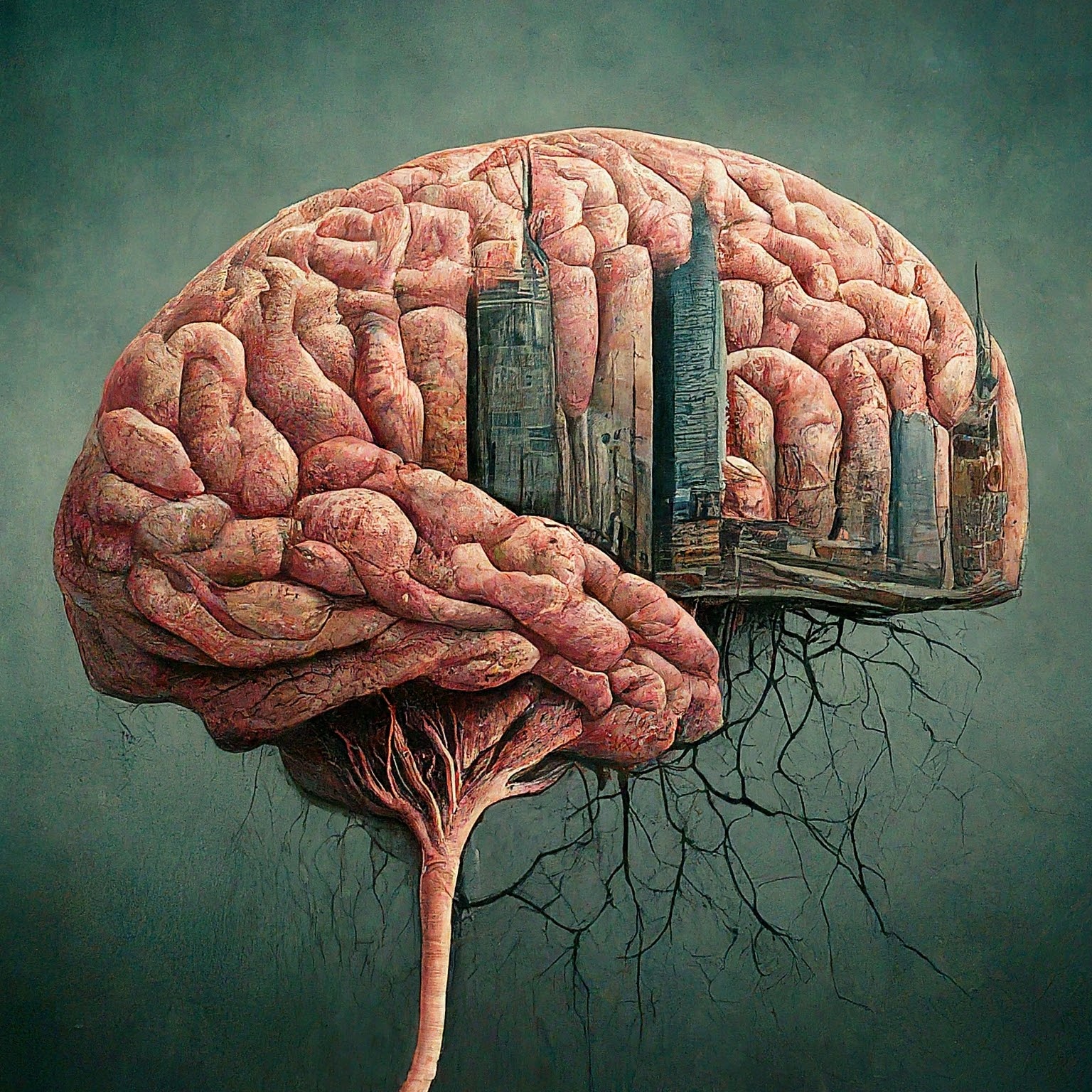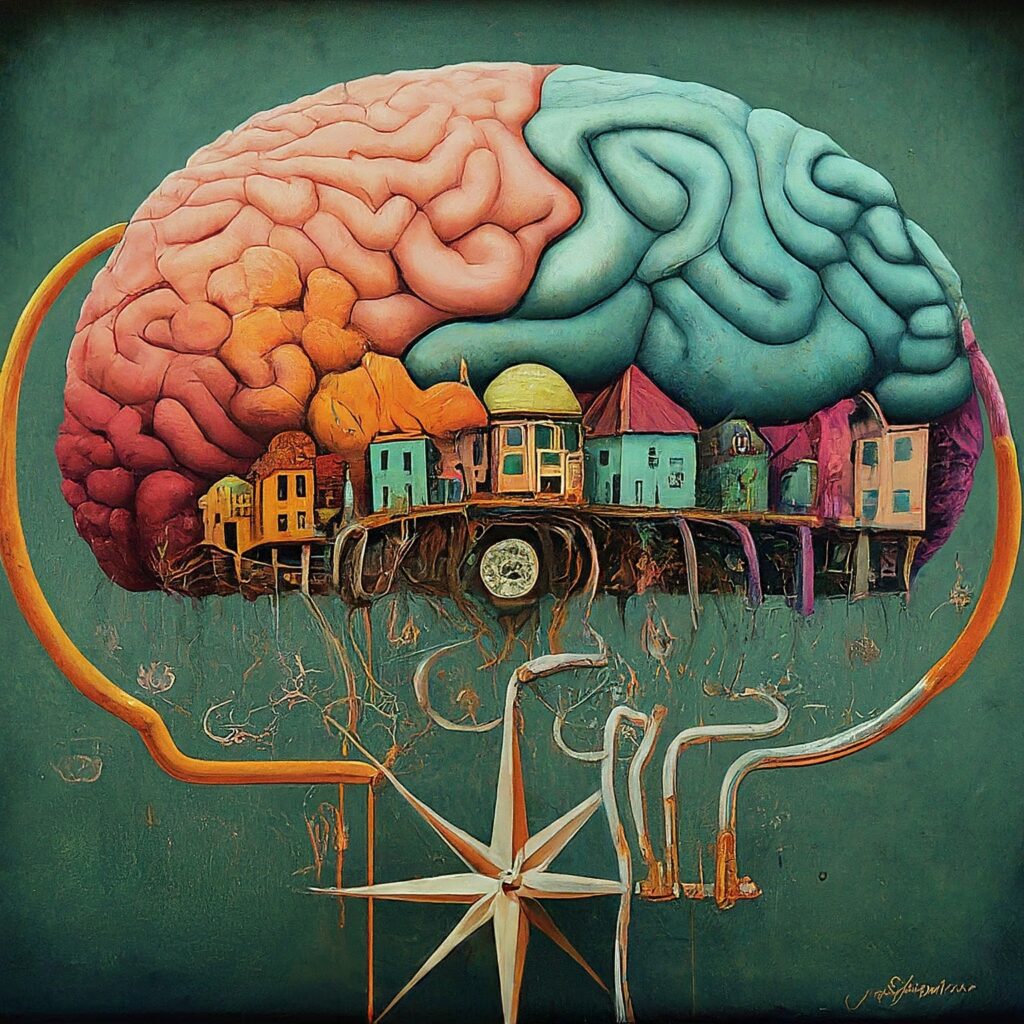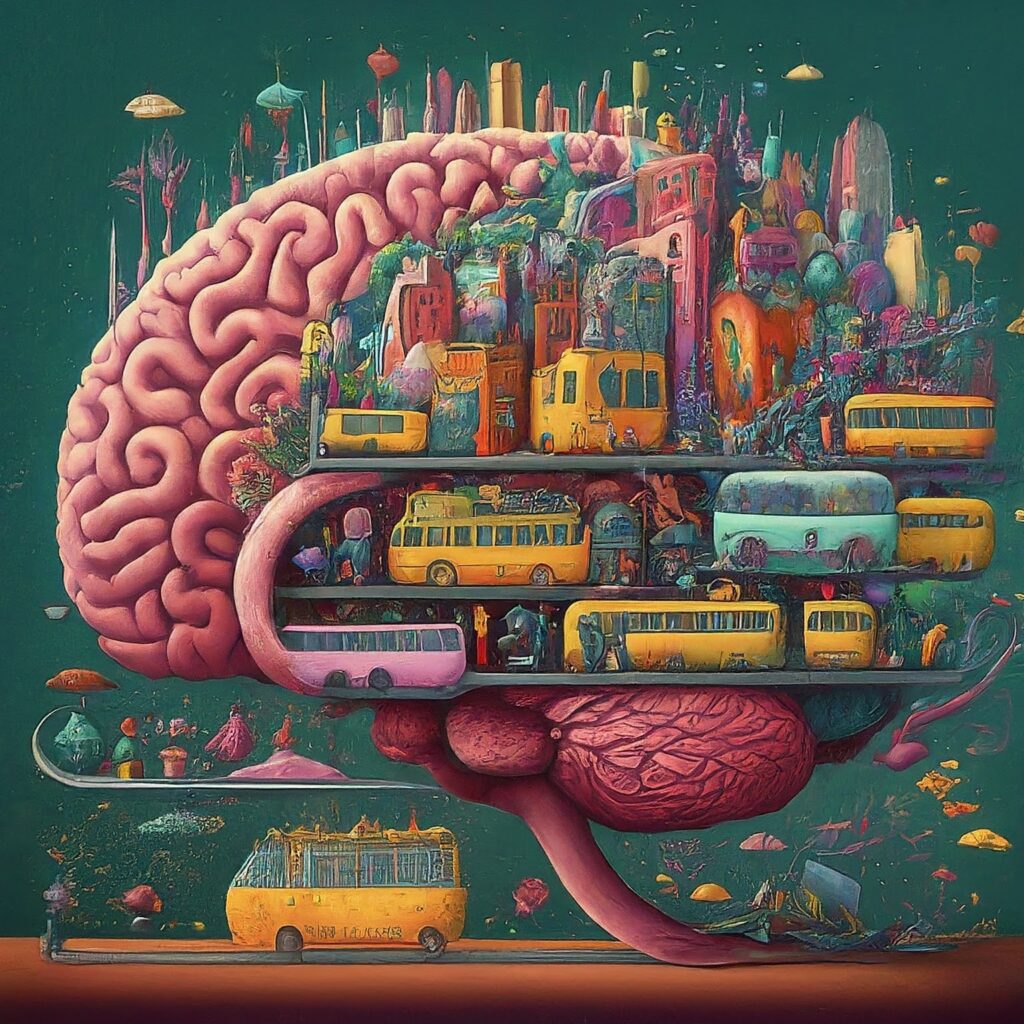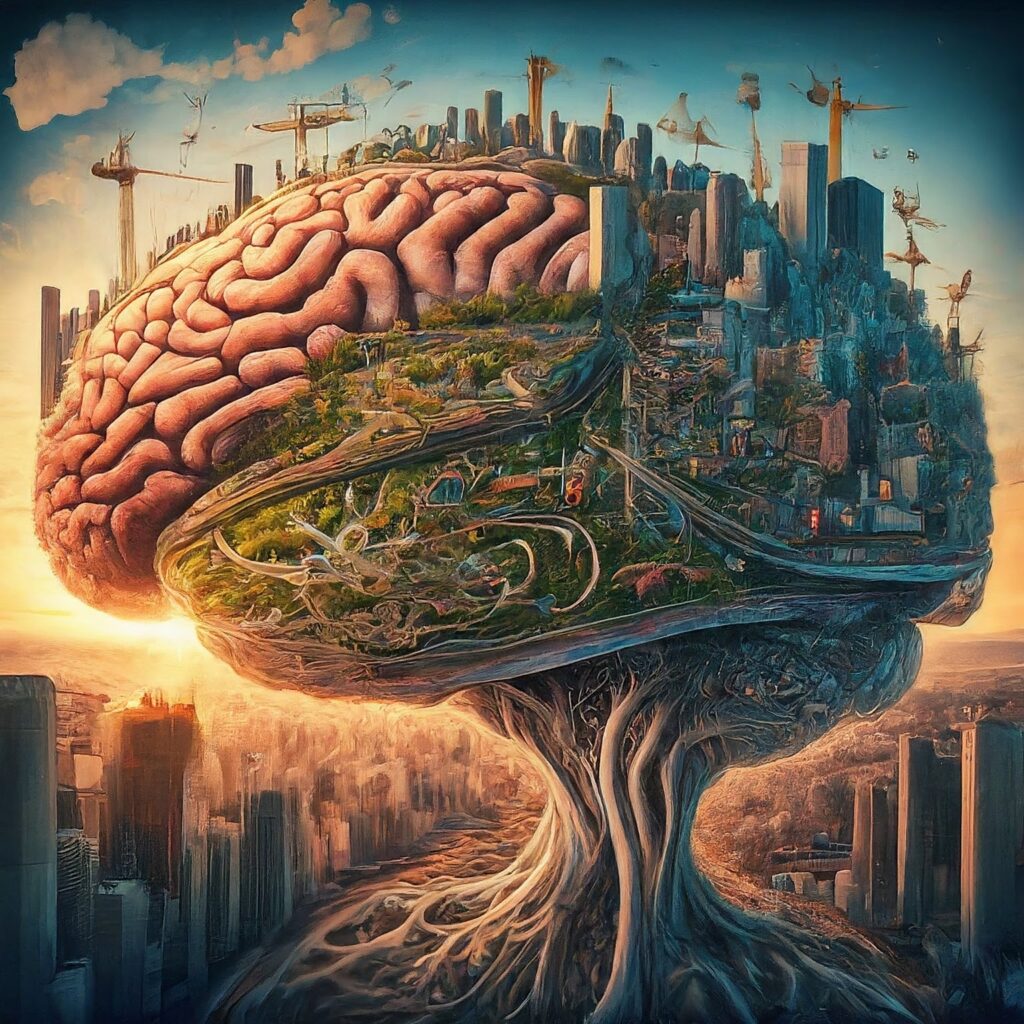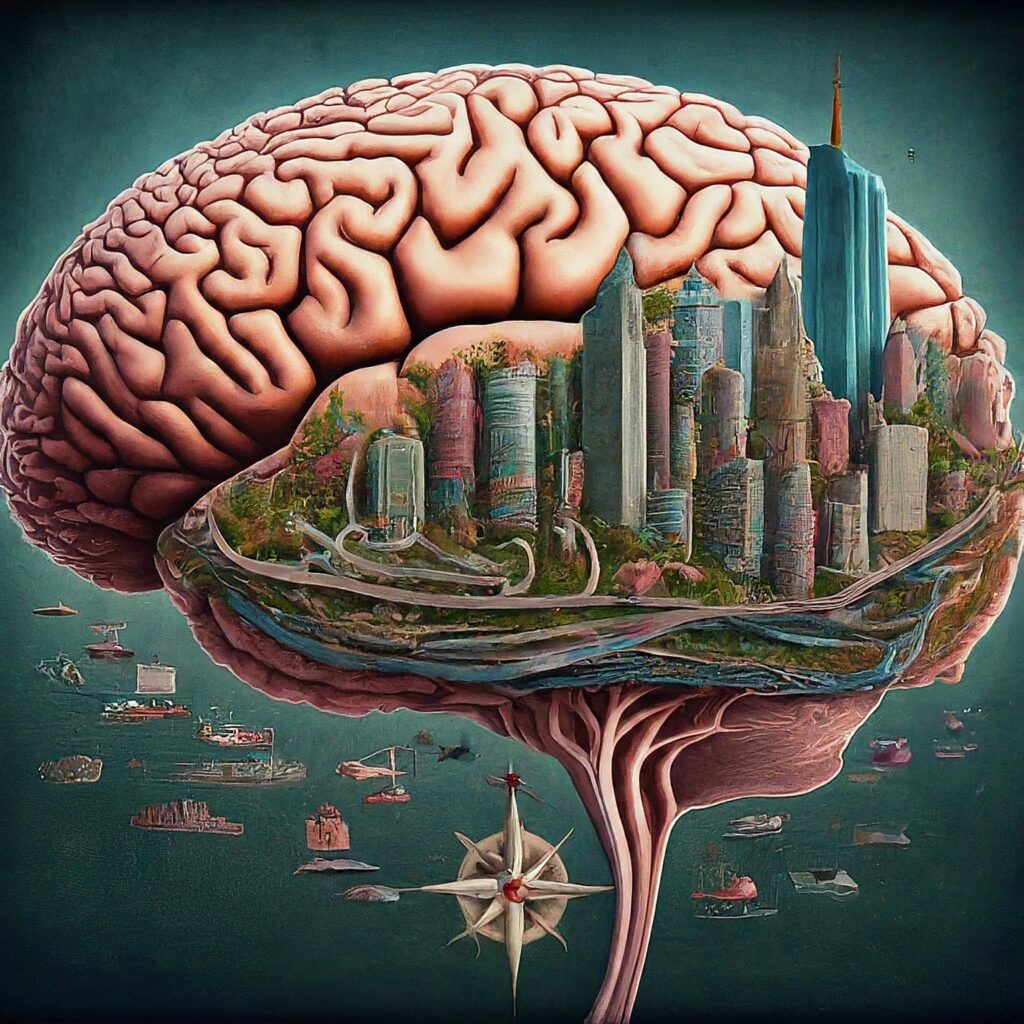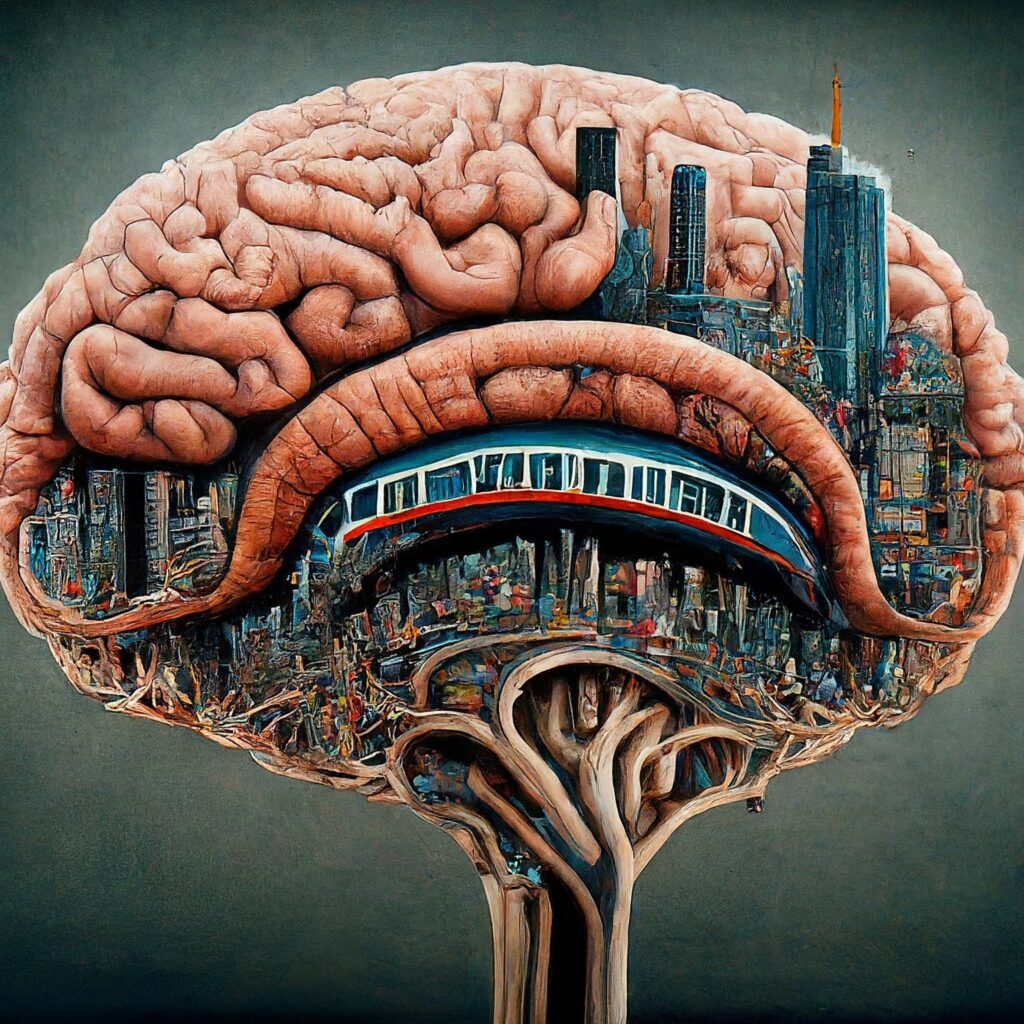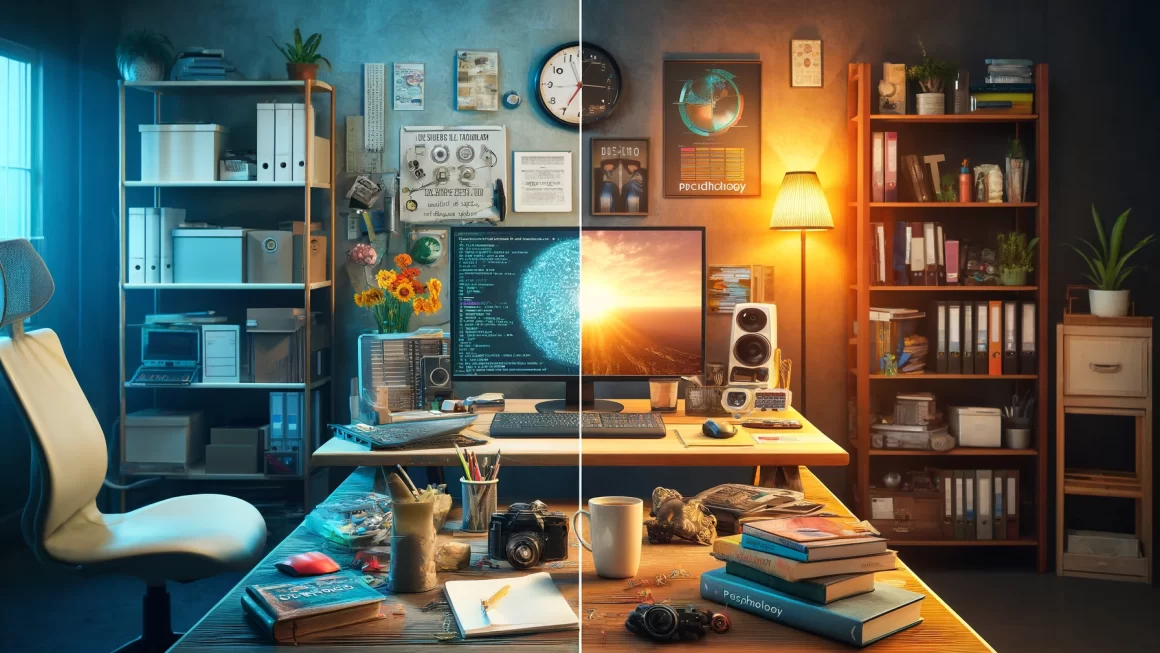Welcome to our cozy corner of the internet where curiosity meets clarity. Today, we’re taking a slightly different approach by sharing a wonderfully enlightening conversation I had with Avni, a friend and a seasoned psychologist, on a topic that puzzles and fascinates many: the brain’s intricate structure. Aman, a bright-eyed first-year psychology student, joined us, brimming with questions and a keen desire to understand. This dialogue, unfolding over a warm cup of coffee, felt more like a journey of discovery than a mere academic discussion. So, let’s dive into the heart of our conversation, where complex ideas were distilled into friendly, relatable insights.
Aman: Avni, I’ve always found the brain incredibly fascinating but equally daunting. Where do I even start?
Avni: It’s natural to feel that way, Aman. The brain is complex, but let’s simplify it. Imagine the brain as a bustling city, each area with its unique function and charm.
Aman: A city? That’s an interesting analogy!
Avni: Yes, and in this city, there are three main areas: the cerebrum, the cerebellum, and the brainstem. The cerebrum, the largest part, is like the downtown area, bustling with thoughts, emotions, and decisions. It’s divided into two halves and has different ‘districts’ or lobes, each responsible for specific functions.
Aman: What roles do these lobes play?
Avni: Think of the frontal lobe as the city’s executive office, handling decisions, planning, and even parts of our personality. The parietal lobe is like the sensory hub, processing touch and spatial awareness. The occipital lobe, our visual processing centre, is akin to the city’s cinema. Lastly, the temporal lobe is where we process sounds and store memories, much like a library or concert hall.
Aman: And the cerebellum and brainstem?
Avni: The cerebellum is like the city’s athletic complex, overseeing balance, movement, and coordination. The brainstem, meanwhile, handles the city’s essential services—breathing, heart rate, and sleep, ensuring everything runs smoothly without us having to consciously manage these tasks.
Aman: How do these areas communicate with each other?
Avni: Through a vast network of neurons, similar to the city’s residents using roads to communicate and transport goods. These roads, or synapses, allow messages to travel quickly across the brain, ensuring everything works in harmony.
Aman: It’s incredible how learning and memory fit into this ‘city.’
Avni: Absolutely. Whenever you learn something new or recall a memory, it’s like constructing new buildings or strengthening existing ones. This process, known as neuroplasticity, shows how adaptable our brain is. It’s why activities like learning a new language or playing an instrument can be so beneficial.
Aman: That’s quite hopeful. It means we’re not fixed but can grow and change.
Avni: Exactly! Our brain’s capacity to adapt and evolve is one of its most extraordinary features. By embracing new experiences and challenges, we can continue to build and enhance our brain’s ‘city.’
Aman: Thanks, Avni. This conversation has made the brain feel less like a mystery and more like an adventure I’m eager to explore.
Avni: I’m glad to hear that, Aman. Remember, the journey into understanding the brain is as exciting as it is endless. There’s always more to learn, and I’m here to guide you through it.
We hope this heartwarming exchange between Avni and Aman has illuminated the wonders of the brain in a way that feels approachable and engaging. Our mission is to unravel the complexities of psychology, making it accessible to everyone, from curious newcomers to seasoned enthusiasts. If this conversation sparked a question or inspired a thought, we’d love to hear from you in the comments below. Let’s continue to explore the fascinating world of psychology together, one conversation at a time. Happy discovering!

